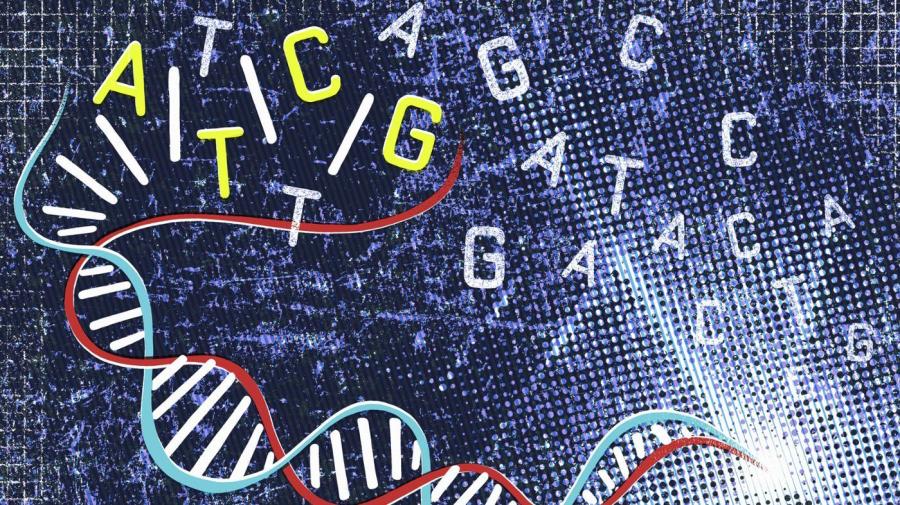Where Are Genes Located?

Genes, which are segments of DNA acids, are found within the nuclei of cells in living organisms. Genes add specific proteins to chromosomes, which contain the basic genetic code for life. They contain the information needed to build the cells of a living organism and pass traits to offspring. Genes correspond to certain traits, such as number of limbs, blood type, eye color and risk for certain diseases.
Most human cells contain 46 chromosomes, although sperm and eggs contain only 23 chromosomes. The fetus resulting from the union of a sperm and egg inherits half its chromosomes from each parent. Two chromosomes dictate the gender of an individual; girls inherit two X chromosomes, one from the mother and one from the father. Boys inherit an X chromosome from their mothers and a Y chromosome from their fathers. The total number of genes in a living organism or cell is called its genome.
Gregor Mendel, a 19th century Austrian monk who is considered to be the father of genetics, first described the process of genetic trait inheritance. He studied pea plants to determine how they inherited traits and discovered that parents pass on traits to offspring in particular patterns. The word “gene” comes from a Greek word that means “birth.”





